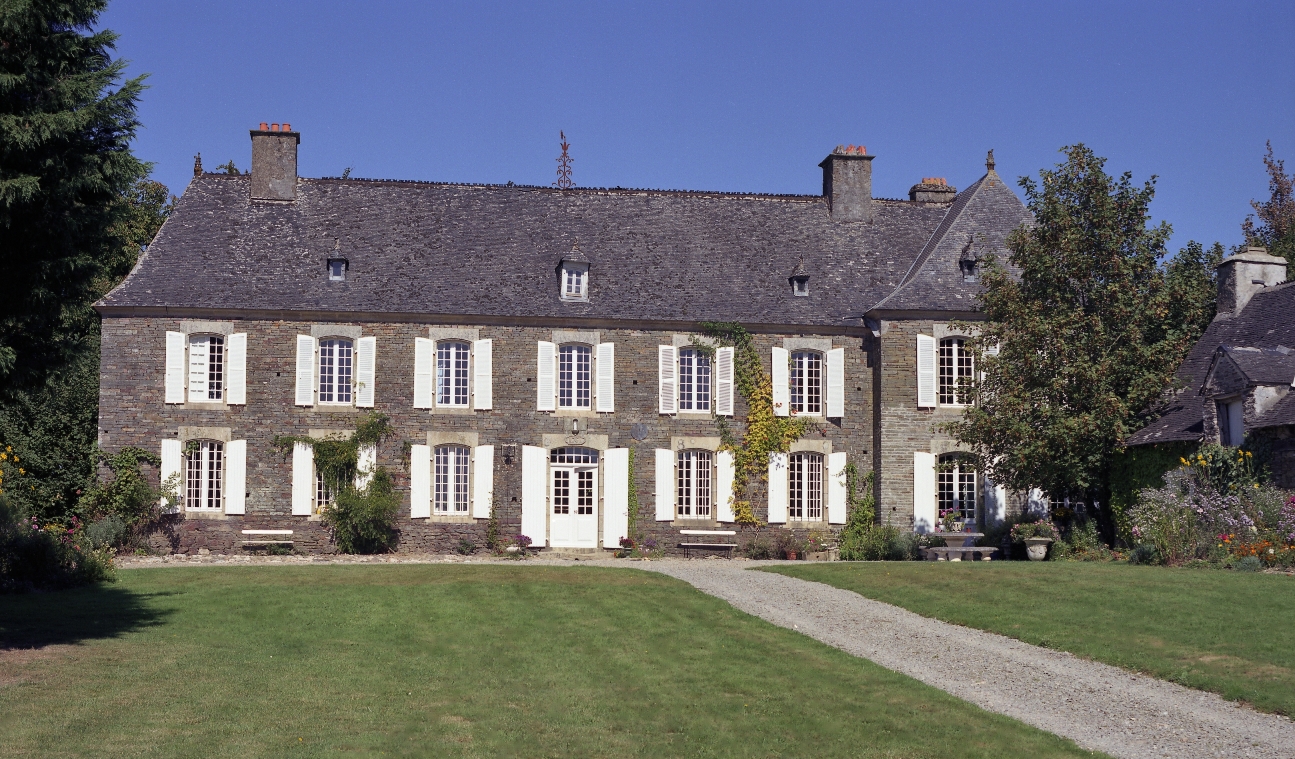The textile industry provided jobs to several thousand people in central Brittany including 3,500 to 4,000 weavers around 1770, who were often also farmworkers, as well as hundreds of spinners, yarn preppers, transporters and dyers, responsible for dyeing the linen threads and not the cloth itself (in contrast to the dyeing process for crée cloth in Léon), as decreed as part of the 1676 and 1736 quality regulations. Often their double wage kept these workers just the right side of the poverty line, but when the great crisis of 1739-1741 took hold, they sought refuge in Nantes in their hundreds.
However, it was the cloth merchants themselves who dominated this society. They were often also multitaskers, as can be inferred from the “brand register” started in the 1780s in Saint-Malo. The most modest merchants whose businesses remained within the port itself were often comfortably-off farmers who combined their farming and weaving activities with trading several dozen rolls of cloth collected from the surrounding countryside to merchants living in Quintin, Uzel, Moncontour or Loudéac.
The latter would regularly bypass the intermediaries in Saint-Malo and Nantes and deal directly with trade partners in Cadiz or even further afield. These were the people - the Digaultray family in Quintin, the Veillet-Dufrêche family in Moncontour, the Moizan family in Trévé, the Morice family in Uzel, the Viet family in Plouguenast… - who built large manors in the countryside, or hôtels particuliers in town. Some became part of the nobility, buying seigneuries, like the Le Deist de Botidoux. But this was still a far cry from the juloded model in Léon.
These families moved on from the textile trade at the beginning of the 19th century, investing in land and at the same time often abandoning their country homes for the city to become part of the ‘skilled bourgeoisie’ as doctors, lawyers, notaries… The destinies of Alexandre Glais-Bizoin or Louis-Adolphe Robin-Morhéry, son and grandson of cloth merchants, who both had political careers at a national level are in this sense, very revealing.
Translation: Tilly O'Neill


